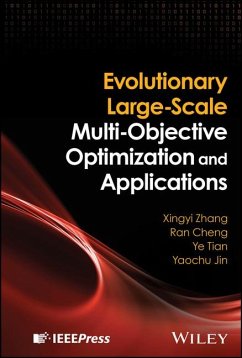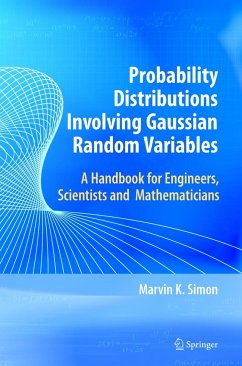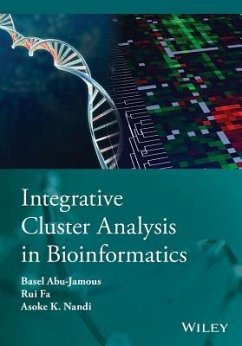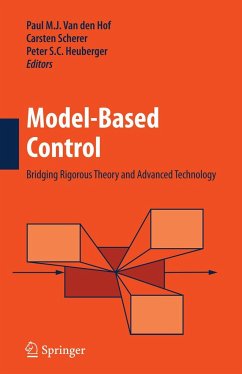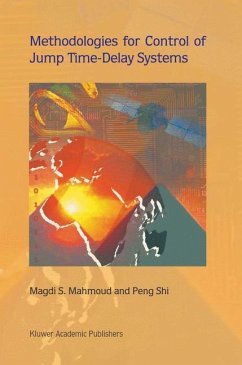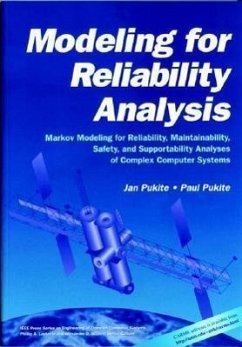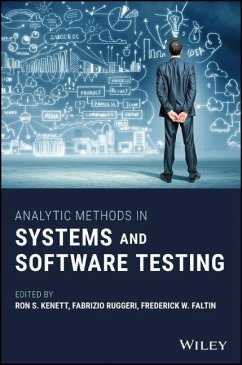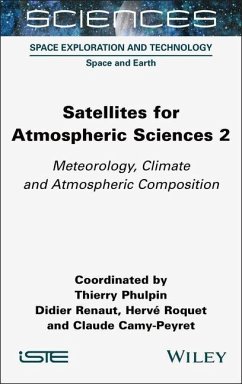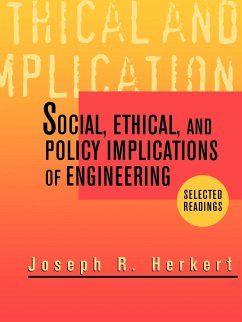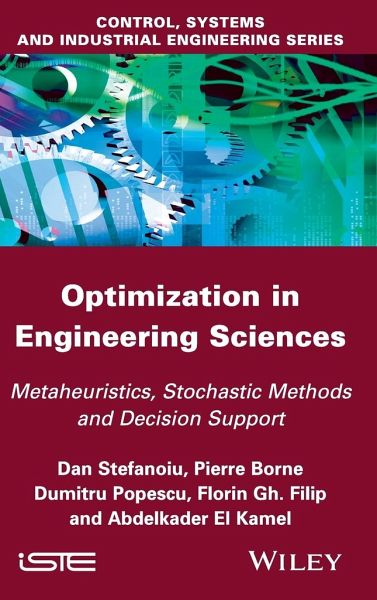
Optimization in Engineering Sciences
Metaheuristic, Stochastic Methods and Decision Support
Versandkostenfrei!
Versandfertig in über 4 Wochen
186,99 €
inkl. MwSt.
Weitere Ausgaben:

PAYBACK Punkte
93 °P sammeln!
The purpose of this book is to present the main metaheuristics and approximate and stochastic methods for optimization of complex systems in Engineering Sciences. It has been written within the framework of the European Union project ERRIC (Empowering Romanian Research on Intelligent Information Technologies), which is funded by the EU's FP7 Research Potential program and has been developed in co-operation between French and Romanian teaching researchers. Through the principles of various proposed algorithms (with additional references) this book allows the reader to explore various methods of...
The purpose of this book is to present the main metaheuristics and approximate and stochastic methods for optimization of complex systems in Engineering Sciences. It has been written within the framework of the European Union project ERRIC (Empowering Romanian Research on Intelligent Information Technologies), which is funded by the EU's FP7 Research Potential program and has been developed in co-operation between French and Romanian teaching researchers. Through the principles of various proposed algorithms (with additional references) this book allows the reader to explore various methods of implementation such as metaheuristics, local search and populationbased methods. It examines multi-objective and stochastic optimization, as well as methods and tools for computer-aided decision-making and simulation for decision-making.



